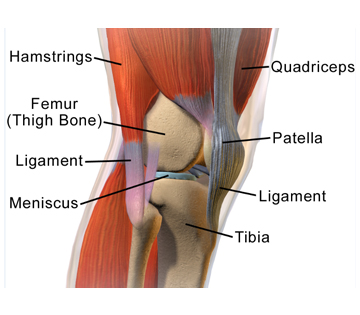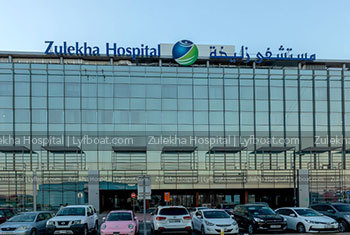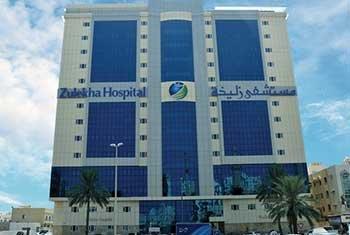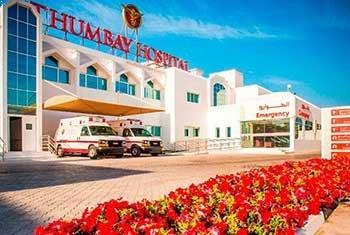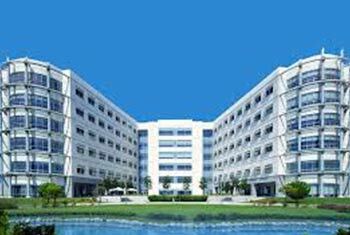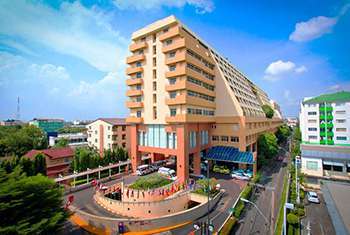Meniscus Surgery Details
The meniscus is the portion of cartilage that functions as a cushion for the knee joint. A common injury is a tear of the meniscus and can result in pain, stiffness, swelling, and difficulty moving. Although rest and medication can help to alleviate these symptoms and are sufficient for small tears, full recovery for larger tears requires surgical intervention.Meniscus repair surgery is often the best choice for larger meniscal tears that are relegated to the outer edge of the meniscus or have moderately spread to the inner layers. The surgery consists of assessing the damage and suturing the edges of the tear of the meniscus back into place and allowing the tear to heal naturally afterwards.
